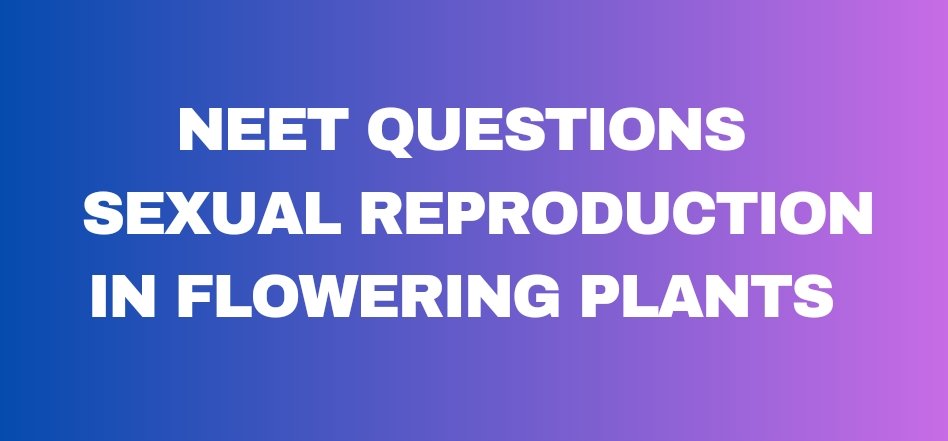Sexual Reproduction in Flowering Plants Important NEET Questions
In this post we will solve questions related to Class 12 NCERT Biology Chapter 2, Reproduction in Flowering Plants, and also we will solve important NEET questions.
Questions related to important terminology in Reproduction in Flowering Plants and also the questions related to them. You should try to solve as many questions as possible.
Click here for Important MCQ of Priciples of Inheritance and Variations
However, in the beginning, not many questions have been shared in this post, but in the coming time, we will share the questions asked in NEET and other competitive exams. We will try to keep them also.
Try to solve all the questions that are there at present.
Most Important NEET MCQ of Biomolecules
Reproduction in Flowering Plants deals the overall process of reproduction and gamete formation, its fertilization and seed formation etc. in details.
In the new NCERT, there is no change in this chapter.
Based on that, we are putting questions here in the quiz.
Thank you for your online visit.
Have a nice online journey

